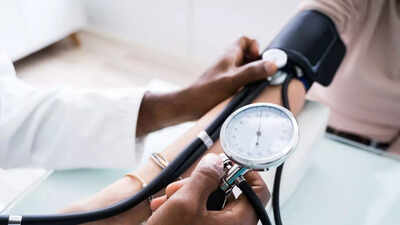Cardiologist explains the right way to measure blood pressure at home (and prevent misdiagnosis and wrong medication) |

Getting your blood pressure checked might seem like a small task, but done incorrectly, it can throw off your numbers by 10% or more. That may not sound like much—but it’s enough to disguise high blood pressure, trigger unnecessary medications, or mislead your doctor into changing your dose. Cardiologist Dmitry Yaranov, MD, summed it up perfectly in an Instagram post: “You’re not checking your blood pressure — you’re just watching numbers change.”So before you panic over “high” readings or relax over normal ones, here’s how to do it right, following guidelines used by doctors around the world.

Sit properly: back supported, feet flat
Your posture makes a difference. Sit in a chair with your back supported and your feet planted flat on the floor—not crossed. Rest your arm on a table so that your elbow is roughly at heart level. If your legs are crossed or you’re slouched, your reading could be higher than it really is.
Rest quietly for 5 minutes
Don’t take a reading immediately after exercise, a heated argument, or even a strong coffee. Give your body a full five minutes to settle. Otherwise, you’re measuring your stress, not your baseline pressure.
Support your arm at heart level
Your arm should be resting comfortably, supported on a table or armrest, at the same height as your heart. If your arm is dangling or held too high, the numbers can be inaccurate.
No talking, no texting during the reading
Stay silent and still. Even casual conversation or scrolling on your phone can cause slight elevations in blood pressure. Focus on relaxing and breathing evenly.
Use the correct cuff size
The cuff should fit snugly, with the inflatable part covering at least 80% of your upper arm. Using a cuff that’s too small or too large can give false readings. Also, place the cuff on bare skin—not over clothing.

Take 2–3 readings, spaced 1 minute apart
One reading is rarely enough. Wait a minute between measurements and take at least two. If they differ by more than 5 points, take a third and average them. This gives a more accurate picture than a single number.
Keep a record
Write down your readings or save them on your device. Blood pressure fluctuates naturally throughout the day, so tracking helps identify patterns over time—something your doctor will appreciate.
Bring your cuff to your next checkup
Home blood pressure monitors can vary. Bring yours to your doctor’s office so they can compare it to a clinical-grade device and ensure you’re getting trustworthy readings at home.




